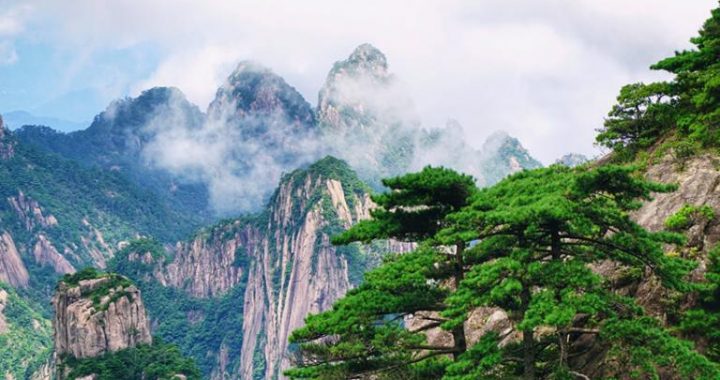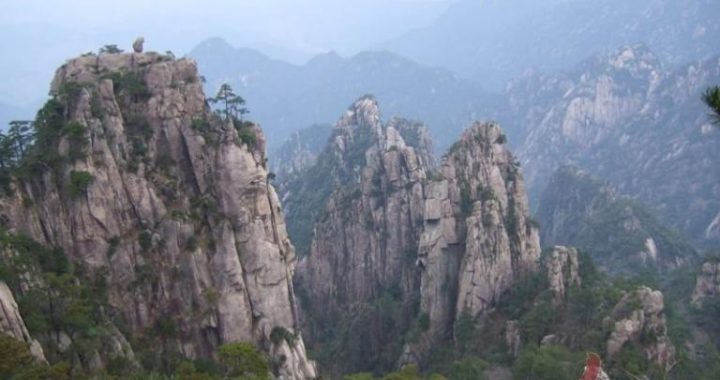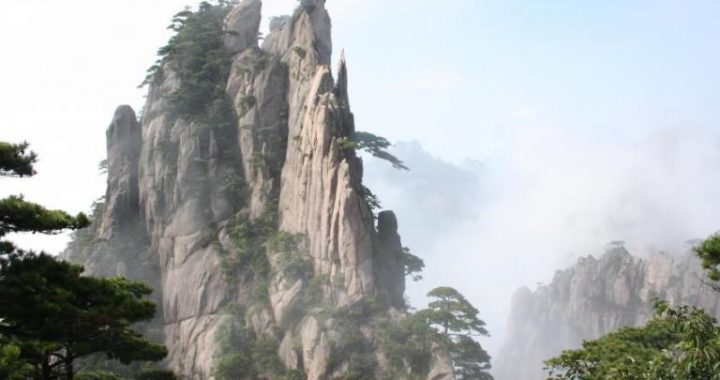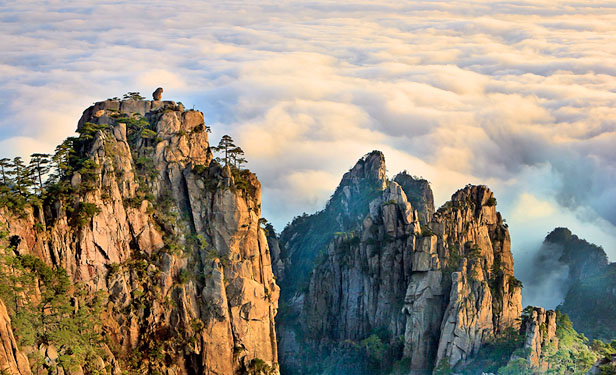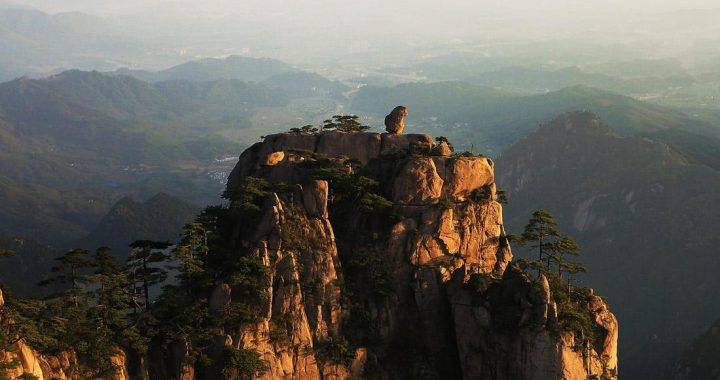Huang Shan, the Mountain of Dreams
2 min readHeritage: Mount HuangShan, Ancient Villages in Southern Anhui xidi and Hong cun uang Shan has been a major tourist destination since ancient times an and still captu res mists. es that grow on Huang Shan(yingke song) as been a Huang Shan, which means Yellow Mountains, has been a well-known destination for cholars, poets and the occasional recluse, all seeking personal inspiration and scho enlightenment when you visit you will easily appreciate why.

Situated in the southern portion of the agriculturally rich Anhui Province and bordering Jiangxi and Zhejiang provinces, the picturesque Huang Shan has long been effusively described as “awesome,” a wonderland”and “Heaven on Earth.”The formation of the remarkable peaks and breathtakingly sharp precipices has been attributed to the many thousands of years of geological activity on the imposing granite mountains creating the astounding natural wonder visible today.
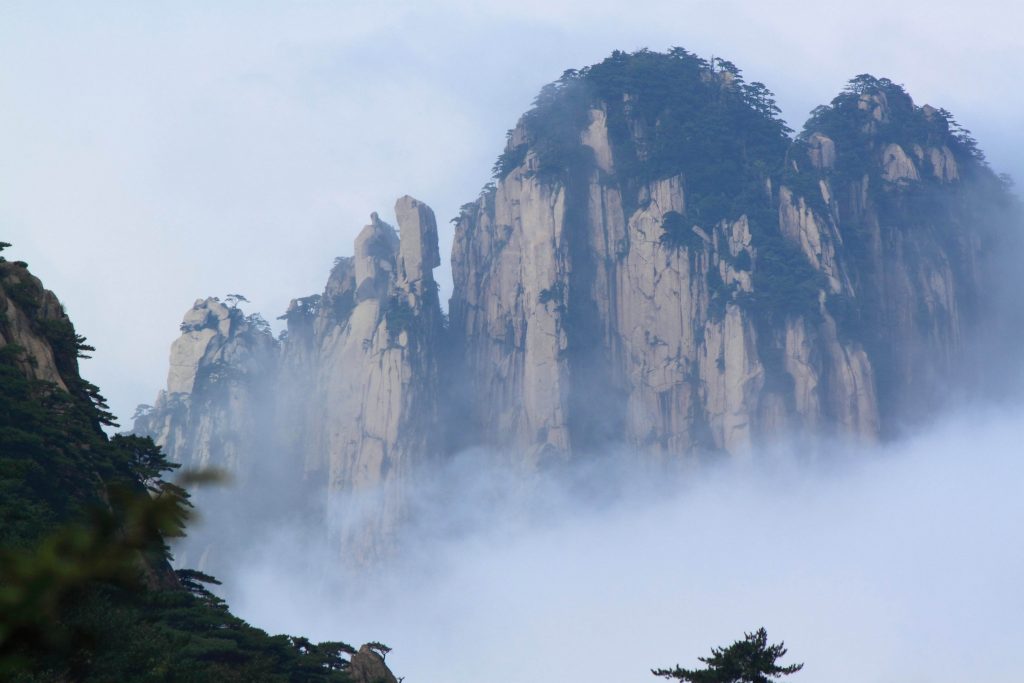
During the Qin dynasty, the mountains called Black Mountains (yishan because of the dark color of their cliffs. Legend has it that Tang dynasty emperor Xuanzong, who reigned during the Tang’s golden age, changed the name of the mountains to Huang Shan because the legendary Huang Emperor was thought to have made his pills of immortality here.
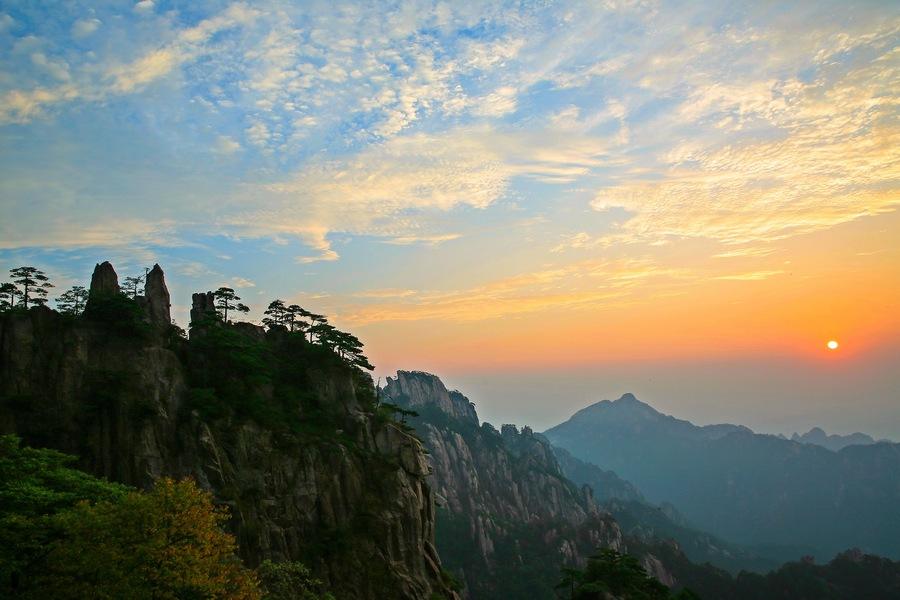
The Huang Shan Scenic Area(huangshan jingqu) extends about25 miles(40km from north to south and 19 miles (30 km) from east to west. As an important national scenic area, Huang Shan was listed as a UNESCO World Heritage Site in 1990 and as a result, the park is very well kept and amazingly enough in China no-smoking zone is strictly enforced.
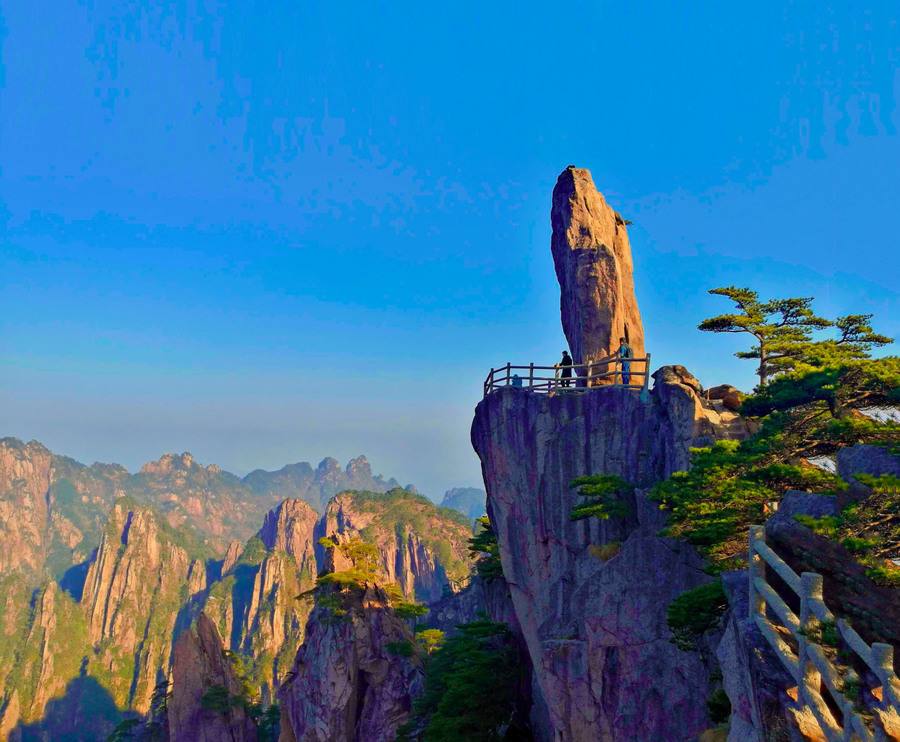
Watching the blazing sunset on top f he mountain with its magnificent red nd orange hues. Once the sun sets,arkness quickly enveloped us and the temperature suddenly became much colder unforgettable.
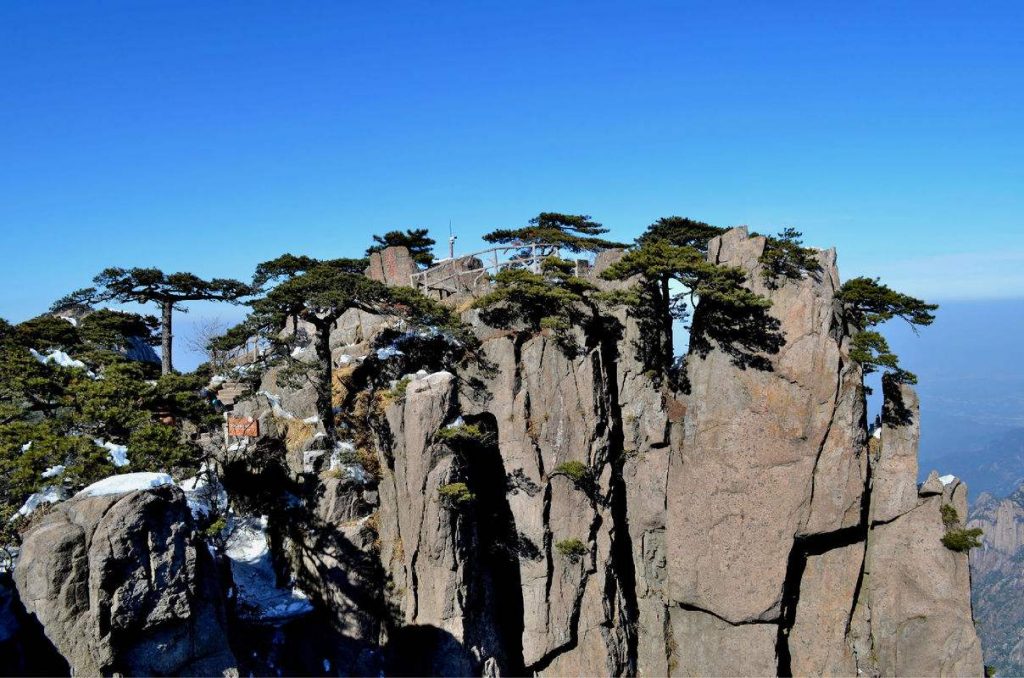
There are 72 peaks in total with Lotus Peak (lianhua feng ) Brightness Apex (guangming ding) and the Celestial Capital Peak(tiandu feng) being the three major ones, all towering above 5, 900 feet (1, 800 m). Although that might not seem too awe inspiring at first, the sheer steepness of the peaks and sense of remoteness one gets when in Huang Shan coupled with frequent “weak knees” will make you think otherwise.


